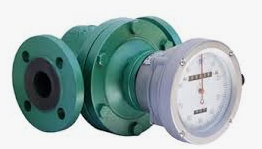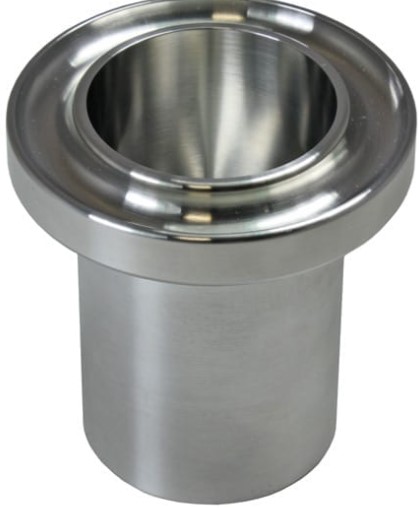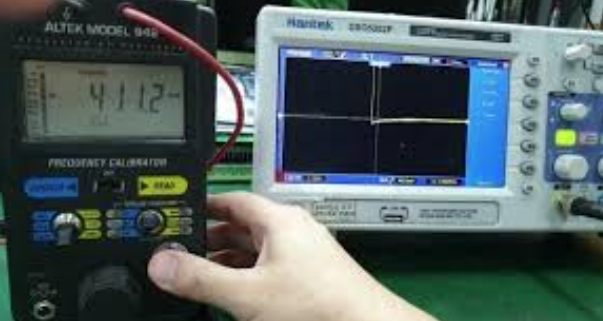
Positive Displacement Flow meters calibration
Principle of measurement
The positive displacement meter separates the incoming fluid into a series of known discrete volumes then totalizes the number of volumes in a known length of time. The common types of positive-displacement flow meters include:
•Rotary piston
•Rotary vane
•Reciprocating piston
•Nutating disk
•Oval gear
Positive displacement meters are selected mainly according to the type of fluid and the rate of flow to be measured and are normally used for clean liquids where turbines cannot be used. When installed, the following should be avoided to prevent damage to the meter:
•Over speeding
•Back flow
•Steam or high-pressure cleaning
Advantages
•Positive Displacement Meter (PDM) has many advantages.
•Simple versions require no electrical power.
•They are unaffected by upstream pipe conditions
•Direct local readout in volumetric units is available.
•The highly engineered versions are very accurate.
•The low cost mass produced versions are commonly used as domestic water meters.
Disadvantages
•They have many moving parts
•Clearances are small (and dirt in the fluid is destructive to the meter).
•Depending on the application, seals may have to be replaced regularly since they are subject to mechanical wear, corrosion, and abrasion.
•Periodic calibration and maintenance are required
•They are they are sensitive to dirt (and may require upstream filters).
•PD meters are large in size (and thus heavy and expensive).
•They cannot be used for reverse flow or for steam (since condensate does not lubricate well).
•Viscosity variations have a detrimental effect on performance.
•These meters have a high maintenance cost
Mechanical failure the meter can block the flow in the line.




